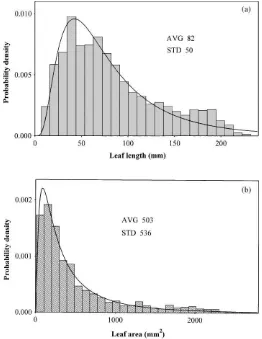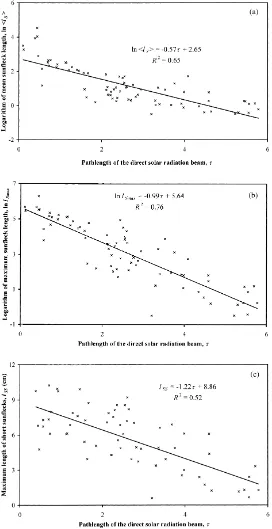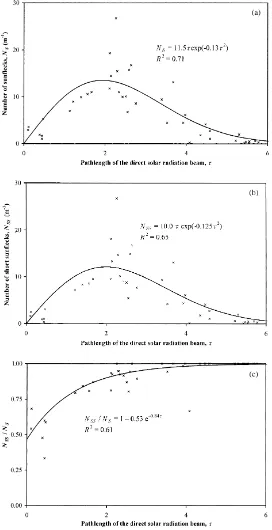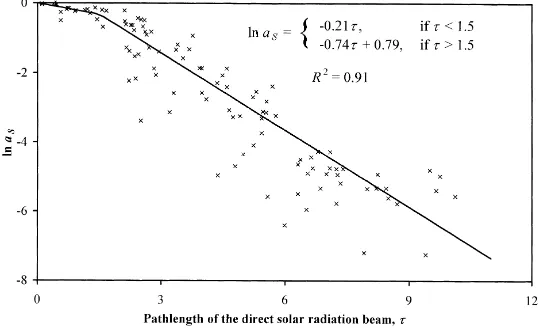Directory UMM :Data Elmu:jurnal:A:Agricultural & Forest Meterology:Vol104Issue3Sept2000:
Teks penuh
Gambar
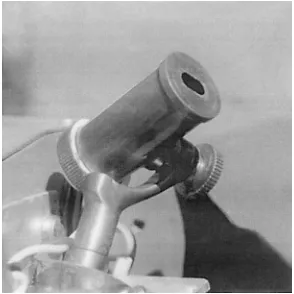
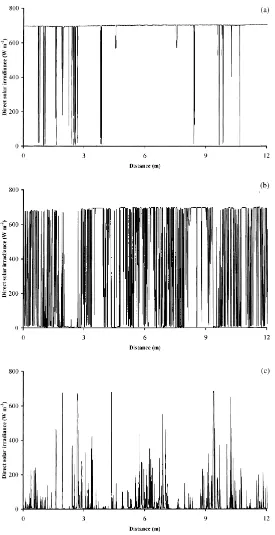
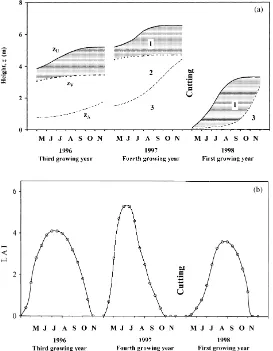

Dokumen terkait
We formulate the problem of optimizinga convex function over the weakly ecient set of a multicriteria ane fractional program as a special biconvex problem.. We propose a
respiratory syndrome virus PRRSV are the most common viral causes of porcine reproductive failure. A typical epidemic of PPV-induced reproductive failure is presented as an
treatments. The weights of individual kernels from upper, middle, and lower spikelets of the main stem spike were fitted into nonlinear cumulative logistic curves as a function
In Table 1a, 1b and 1c we present the values of effective scintillometer height associated with each method, the corresponding time average value of sensible heat flux as well as
a) Strengthen research in the area of climate prediction and services to agriculture; improve methods for monitoring occurrences of drought and heavy rainfall; develop methodology
The major concerns for the availability of climate and agrometeorological data as we move into the 21st century continue to be in areas of data collection and data base management.
Using a helicopter-mounted portable spectroradiometer and continuous eddy covariance data we were able to evaluate the photochemical reflectance index (PRI) as an indicator of
The measurements showed that approximately 80% of the incoming net radiation was used as latent heat, reducing to a value between 71 and 76% in the summer months of 1995 and 1996
